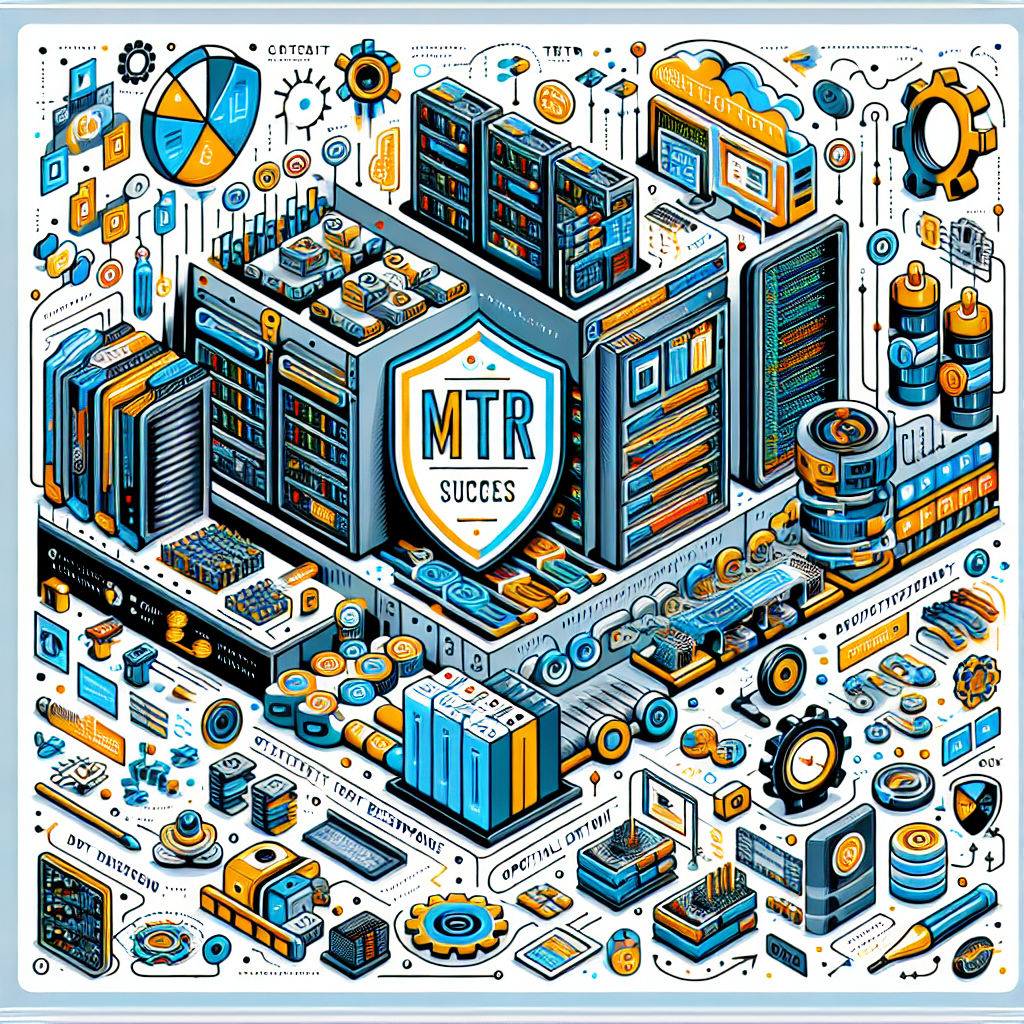Your cart is currently empty!
Ensuring Data Center MTTR Success: Tips for Building a Robust Incident Response Plan

In today’s digital age, data centers are the backbone of any organization’s operations. They house and manage critical data and applications that keep businesses running smoothly. However, like any complex system, data centers are susceptible to issues and downtime that can disrupt operations and impact the bottom line.
To mitigate the impact of downtime, organizations must have a robust incident response plan in place. This plan outlines the steps that need to be taken when an incident occurs, with the goal of minimizing Mean Time to Repair (MTTR) – the average time taken to resolve an issue and restore services to normal.
Here are some tips for building a robust incident response plan to ensure data center MTTR success:
1. Define roles and responsibilities: Clearly define the roles and responsibilities of each team member involved in incident response. This includes the incident manager, technical experts, communication coordinators, and any other stakeholders. Having clear roles and responsibilities ensures that everyone knows what is expected of them during an incident.
2. Establish communication channels: Communication is key during an incident. Establish clear communication channels, such as a dedicated incident response hotline or email address, to ensure that team members can quickly and easily report incidents and receive updates on the status of resolution efforts.
3. Create a runbook: A runbook is a detailed document that outlines the steps that need to be taken to resolve common incidents. Having a runbook on hand can help streamline the incident response process and reduce MTTR by providing guidance on how to quickly troubleshoot and resolve issues.
4. Conduct regular training and drills: Regular training and drills are essential for ensuring that team members are prepared to respond effectively to incidents. By simulating different scenarios and practicing response procedures, team members can familiarize themselves with the incident response plan and improve their ability to resolve issues quickly.
5. Implement monitoring and alerting tools: Monitoring and alerting tools can help detect issues before they escalate into full-blown incidents. By implementing tools that provide real-time visibility into the health and performance of the data center, organizations can proactively identify and address potential issues before they impact operations.
6. Continuously evaluate and improve: Incident response plans should be regularly evaluated and updated to reflect changes in the environment and lessons learned from past incidents. By continuously improving the incident response plan, organizations can adapt to evolving threats and ensure that they are well-prepared to respond effectively to any incident.
In conclusion, ensuring data center MTTR success requires a proactive and well-thought-out incident response plan. By defining roles and responsibilities, establishing communication channels, creating a runbook, conducting regular training and drills, implementing monitoring and alerting tools, and continuously evaluating and improving the plan, organizations can minimize downtime and keep their data centers running smoothly. By following these tips, organizations can build a robust incident response plan that helps them respond effectively to incidents and achieve faster MTTR.

Leave a Reply